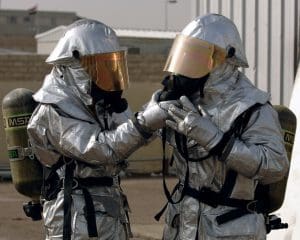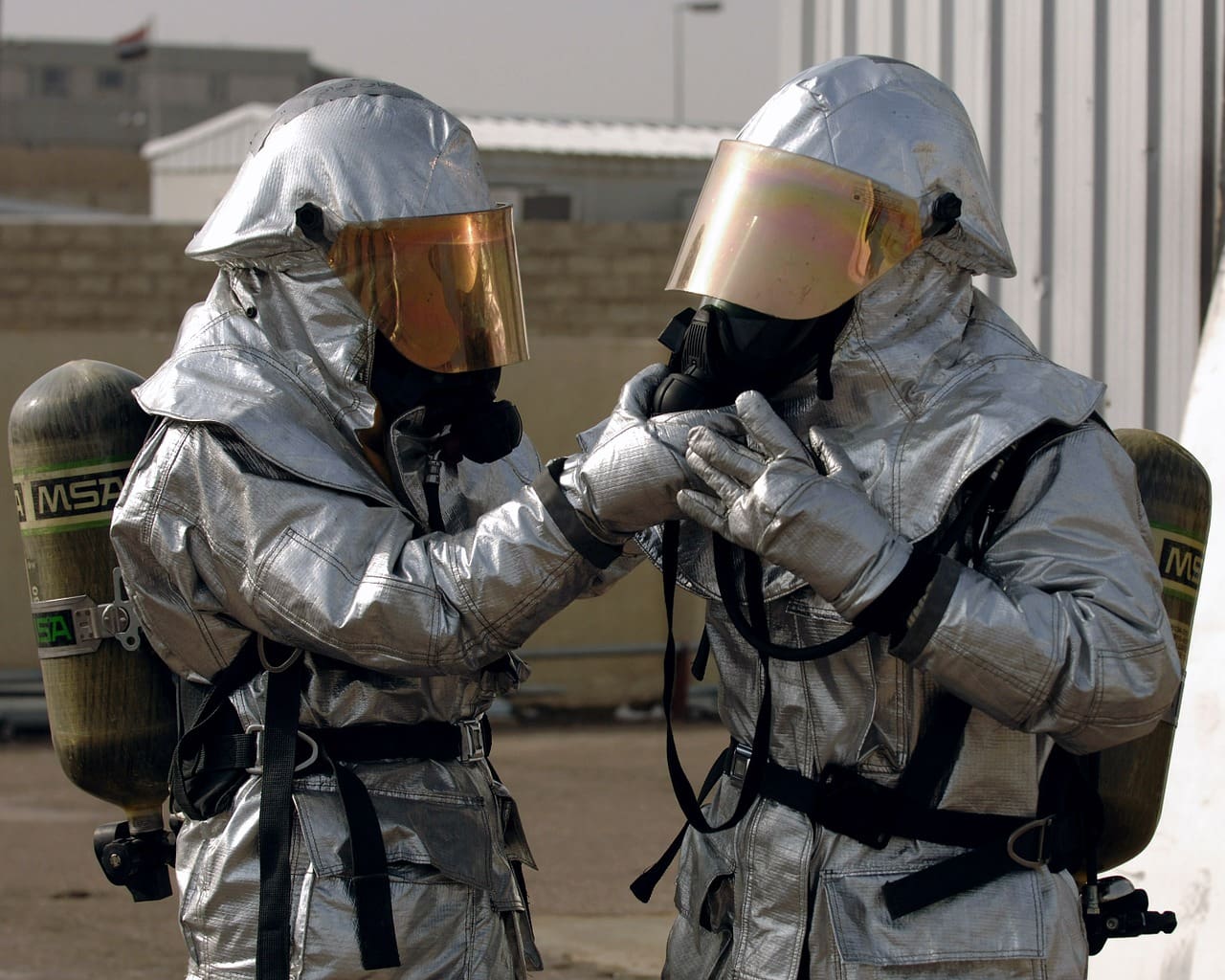 Just last year, the EPA proposed a significant new use rule (SNUR), which was greatly criticized for falling short of a complete and long overdue ban on asbestos. Once fundamental for making industrial equipment fireproof and sustainable, research has revealed this mineral is responsible for up to 15,000 deaths per year in the United States alone.
Just last year, the EPA proposed a significant new use rule (SNUR), which was greatly criticized for falling short of a complete and long overdue ban on asbestos. Once fundamental for making industrial equipment fireproof and sustainable, research has revealed this mineral is responsible for up to 15,000 deaths per year in the United States alone.
Asbestos in the Workplace
Unfortunately, many of these deaths are attributed to workplace exposure, more specifically first responders and tradesmen, who are exposed to high concentrations on a regular basis. This was discovered after thousands of industrial workers were diagnosed with diseases like mesothelioma, a direct result of extensive exposure. After learning of the fatal risks, many companies discontinued its use altogether, however, we still face countless leftover products from when it was a treasured component in our consumer market.
The EPA’s SNUR has been under fire because it fails to further restrict the use of asbestos and could allow companies to be granted approval for new uses in the future. Not only have environmental experts raised concern, but leaked emails revealed the EPA’s very own employees shared the same concerns, acknowledging the “loophole” could be a step backward for consumer safety.
What the EPA is Changing
As a result, the EPA announced a new proposal that will attempt to close the gap and restrict asbestos to the best of their ability. EPA official, Alexandra Dapolito Dunn, explained the agency must follow proper protocol and complete a lengthy risk assessment from Congress, which is set to be finalized by the end of 2019.
Despite public backlash since the proposal’s release, she states “Yesterday’s action closes the door on uses that we do not want to ever see return to the U.S. marketplace. We don’t have the authority to go directly to a ban. We have to evaluate risk; EPA has to follow the law.”
How Companies Can Be Safe and Responsible
With this mineral at the forefront of environmental public policy, we encourage all business owners, managers, and employees to stay vigilant on the dangers of asbestos, especially those employed in high-risk fields. Workplace compliance is the foundation for reducing the number of people affected by harmful dust, including not only asbestos, but also silica, coal dust, and more.
Fortunately, the EHS experts at GSM have designed a powerful platform for handling occupational hazards; learn how compliance software TotalSDS can better connect and educate your employees on chemical and product safety and keep the workplace safe and compliant.



